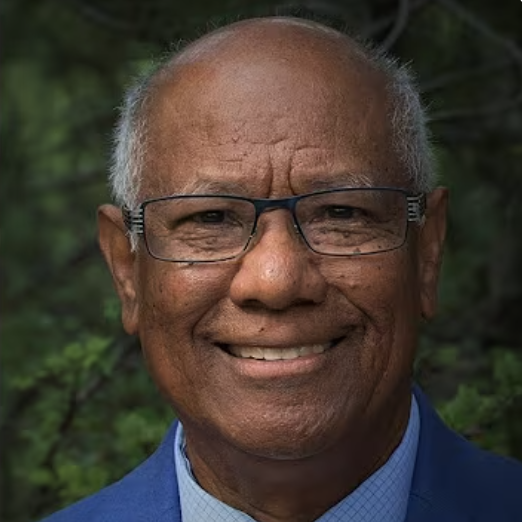STORY: Patient shares great surgical experience in Mexico

In late 2024, Marcel Latouche, a patient from Calgary, Alberta, contacted SecondStreet.org about his search for hip surgery. Latouche had been using our PatientOptions.ca website – a site we launched to help patients as they look for timely surgery and health services.
Latouche ultimately decided to travel to Mexico for surgery. While SecondStreet.org does not endorse any health facilities, we are sharing a summary of his experience as it may help patients as they seek timely treatment outside of the public system. The following is what he shared with us:
“I turned 80 in early January 2025. I have been a competitive tennis player since I was 16 years old. I stopped playing tennis some 7 years ago when I found a new sport and compete at the national level in Pickleball.
Some 4 years ago I consulted a sport medicine doctor on the advice of my GP and I was diagnosed that I needed a hip replacement. While I waited for my surgery, I underwent physiotherapy that allowed me to continue playing and have a somewhat comfortable life.
I finally was contacted by the Alberta Hip and Knee Clinic for a consultation which confirmed that I needed surgery and was put on the ‘Fast List’. For months I waited for a call from the clinic. In November 2024, I sent numerous emails and made several calls, asking for a window for surgery, but never got a reply to any of my correspondence.
Then I found SecondStreet.org, the source for real information about the state of health care in Canada. They discuss many issues including private care both in Canada and abroad. They have information that would allow frustrated patients like me to make educated decisions about their health.
Coincidence have it that a friend, a former AHS employee, informed me of a place in Mexico that could perform my surgery. Armed with information from SecondStreet.org, and doing research about surgery abroad, I contacted CMQ Bucerias to see what they could do for me. Within days I had a consult and a date for my surgery. So instead of waiting in Canada, I decided to have surgery in Mexico.
Once in Mexico I was impressed by the facilities, the professionalism of my surgeon Dr. Franciso Del toro Lomeli, the internal medicine Dr. Carlos Ochoa del Toro Lomeli, and the rest of the team.
My surgery went well, I was given all the necessary care by a very attentive nursing staff and physiotherapist.
The irony of this story is that on January 08, 2025, hours after my surgery, the first call was from my brother, an hour later I received a call from Calgary Hip and Knee surgery, trying to contact me to schedule a date for surgery. I am not the only person who had this experience as another patient with me received a similar call one hour before going into surgery at CMQ – coincidence?
I am very glad to have found an alternative to the broken Canadian health care system. As I recuperate, I may be playing again soon as I am feeling pretty good.
Marcel Latouche
Former President & CEO
The Institute for Public Sector Accountability
March 21, 2025
You can help us continue to research and tell stories about this issue by making a donation or sharing this content with your friends. Be sure to sign up for our updates too!


